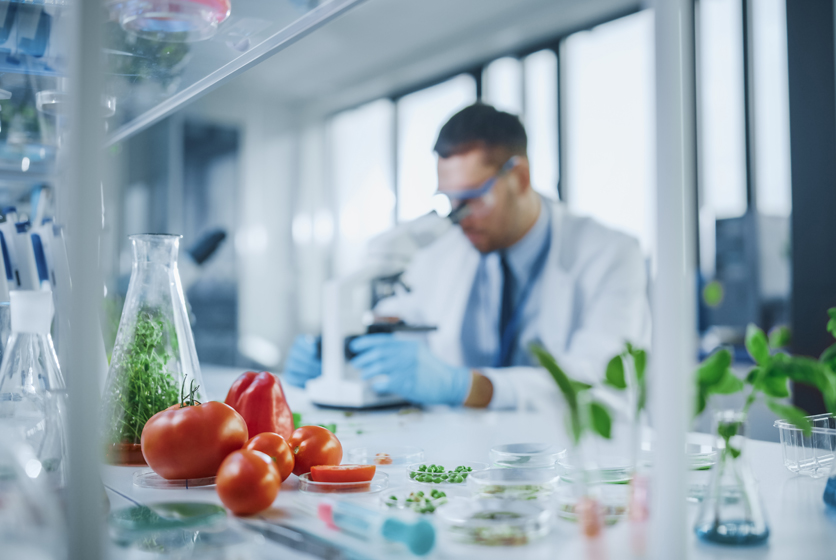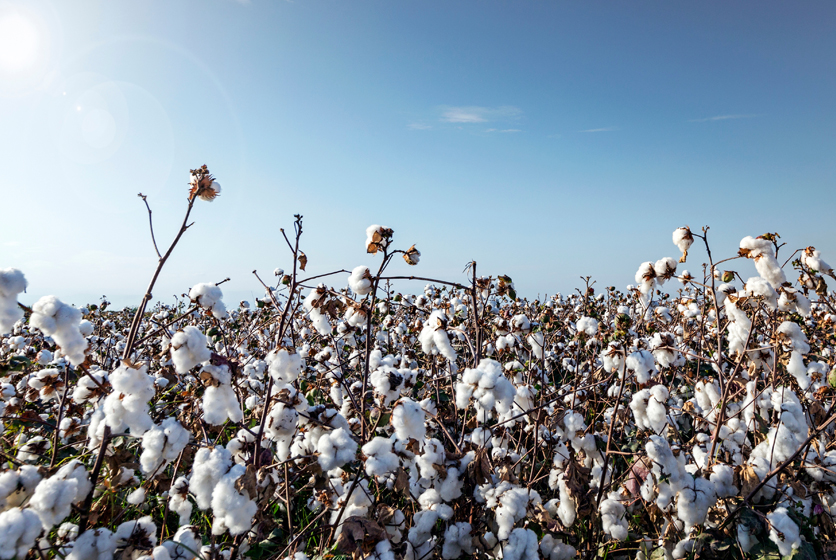Genetically Modified Crops
Modifying something that exists naturally has been made possible mainly due to advancements in science and technology. The agriculture sector has seen such ‘tweaking’ come to the fore by way of genetically modified crops or GM crops.
Definition of GM crops
When a plant is changed with the help of genetic engineering methods, it results in changes to its naturally occurring self. These changes can be brought about by:
- Inserting a gene taken from another organism into a plant (Transgenic change)
- Putting various characteristics into a plant (Multiple traits change)
- Using genes from a closely related species (Cisgenic modification)
- Altering the genetic constitution of a plant (Subgenic change)
These methods are carried out using different kinds of technology and the result is an altered plant that has been created for a specific purpose(s).

What purpose does genetic modification serve?
The answer to this question varies vastly across crops, people, organisations in this industry and so on. But, by and large, GM crops are said to have:
- Longer shelf life
- Higher resistance to diseases and pests & by extension, reduction in use of pesticides and fertilisers
- Enhanced nutrition value
- Stronger resistance to natural factors such as drought, extreme weather and soil salinity too
- Better yield for farmers
At a higher level, scientists also state that GM crops can solve hunger problems across the globe.
So why is there opposition to GM crops?
One of the biggest concerns that people have for GM crops is that they are ‘engineered’ as opposed to ‘natural’. Continuing this stream of thought - the next question for farmers then could be “who would buy a GM crop?”. With growing information and finders for organic and natural foods, will GM crops find traction by way of trust?
Changes in market factors is also one factor - questions such as the following are being debated upon:
- Would it increase farmer dependence on more expensive seeds?
- Does it increase the cost of cultivation?
- What about the rights of farmers when it comes to ownership of and reuse of seeds?
- Would this signal the advent and reign of global companies into farmlands that ‘convert’ to GM crops?
There is a conversation around allergic reactions and antibiotics-resistance too. Continued and intensive research into DNA use should produce more and more actionable information as time goes on.
None of these questions are simple and the answers will need to address multiple factors.

India and GM crops
The Genetic Engineering Appraisal Committee (GEAC) is overseeing the release of GM crops on a commercial basis in India. Since 2002 when Bt cotton was allowed for commercial release, more than 95% of India’s cotton cultivation has been converted to Bt cotton.
There have been projects associated with brinjal, mustard and potato as well. Some of these efforts are seeing large-scale debate between multiple stakeholders and the way forward will soon get some clarity.
Technology has been a game changer in agriculture and genetic engineering is one of the more sophisticated systems to be integrated into this space. Some tough questions remain, some questions have been answered - but indubitably, this field of genetically modified crops is a dynamic and relevant space to watch.



